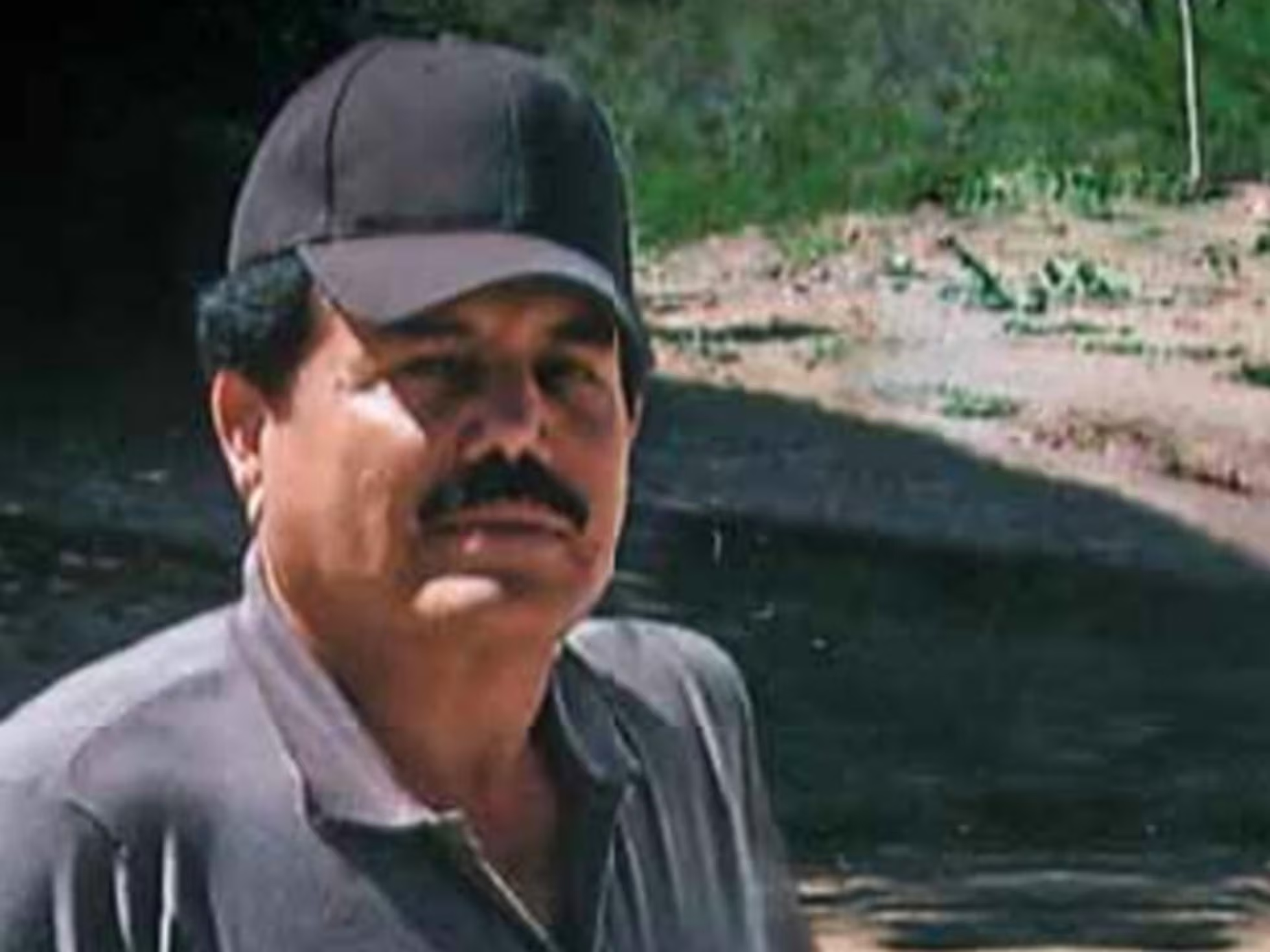Ismael ‘El Mayo’ Zambada stands as one of the most notorious figures in the history of the drug war, embodying the formidable power and corrosive influence of the world’s most significant drug cartel.
As the last surviving leader from the original generation of drug cartel figures, he co-founded the Sinaloa Cartel with Joaquín ‘El Chapo’ Guzmán after the collapse of the Guadalajara Cartel in 1989.
Unlike his infamous partner, who was imprisoned twice and managed to escape both times, El Mayo managed to evade capture for approximately 35 years.
That is, until now. On Thursday, U.S. authorities arrested him in El Paso, Texas. He has already entered a plea of not guilty to multiple federal charges in Texas.
El Mayo was lured into the U.S. as part of a sophisticated sting operation orchestrated by the son of his former partner, El Chapo.
Joaquín Guzmán López, one of the heirs to El Chapo’s drug empire, was apprehended alongside Zambada after leading him to believe he was traveling to northern Mexico to inspect potential properties for clandestine airstrips.
In a 2010 interview with the late Mexican journalist Julio Scherer García, who had ventured deep into the mountains for an unprecedented conversation with Zambada, the drug lord was asked if he feared capture.
Zambada responded, “The idea of being jailed gives me panic. I’m not sure I have what it takes to kill myself. I’d like to think I do and that I’d take my own life.” However, when it came to reality, he either lacked the means or the opportunity to act on these fears.
It is surprising that Zambada, known for his extreme caution over many years, was deceived at the age of 76. It seems that something extraordinary was required to bring him into custody.
Mike Vigil, a former DEA agent, notes that Zambada’s reluctance to surrender is unsurprising. “He is in his 70s, in poor health, and had already expressed that prison was his greatest fear.”
The arrests – including a potential plea deal between El Chapo’s sons, known as Los Chapitos, and the U.S. government – raise questions about who will assume control of the Sinaloa Cartel.
Following El Chapo Guzmán’s arrest and extradition to the U.S. in 2016, a period of intense violence ensued as rival factions vied for control and fought against opposing drug gangs that sensed an opportunity.
The situation became even more shocking and violent when Sinaloa Cartel’s foot soldiers reacted to the arrest of their leader, Ovidio Guzmán López, in October 2019.
Following his detention, hundreds of gunmen stormed Culiacán, targeting civilians, police, and military personnel with .50 caliber weapons and rocket launchers. Ultimately, authorities decided to release Ovidio Guzmán back to his men to quell the violence.

He was later re-arrested, extradited, and is now awaiting trial in a U.S. prison.
Mike Vigil suggests that a similar outburst of violence, known as the Culiacanazo, might be avoided this time. “The Sinaloa Cartel has a very strong lineup of potential leaders, including El Chapo’s brother,” he explains.
Vigil argues that the “Kingpin strategy,” which focuses on bringing down individual cartel leaders, often fails. “Under President Felipe Calderón, it typically led to internal conflict within the cartels, which resulted in a bloodbath.”
If such internal conflict arises again, Vigil warns, “the only beneficiaries would be their rivals, the Jalisco New Generation Cartel (CJNG).”
However, periods of instability and power vacuums are highly unpredictable. Mexican authorities have already deployed additional forces to Sinaloa to preempt any potential violence.
Another pressing question regarding Zambada’s arrest is: why now? The operation had been in the planning stages for months, but some reports suggest there was also an opportunistic aspect.
As the various elements of the operation fell into place, despite initial skepticism among U.S. authorities, they ultimately decided to proceed.
The broader reason behind the timing was highlighted by U.S. Attorney General Merrick Garland in a video message confirming the arrests.
“Fentanyl is the deadliest threat our country has ever faced,” he declared, pledging that the U.S. justice department “will not rest until every single cartel leader, member, and associate responsible for poisoning our communities is held accountable.”
Fentanyl overdoses have become the leading cause of death among Americans aged 18 to 45. This staggering statistic has likely sharpened the focus of the Biden administration, especially in an election year.
Both Los Chapitos and El Mayo have generated billions through fentanyl, which is easier to produce and transport compared to cocaine, which requires large coca plantations.
Experts believe that completely halting the smuggling of fentanyl is nearly impossible due to its high profitability and entrenched position in Mexico’s drug trade.
Nonetheless, U.S. law enforcement aims to impact the cartels that produce it, reduce their influence, and, whenever feasible, dismantle their leadership.
The capture of El Mayo Zambada – despite his advanced age, poor health, and the double-cross involved – was always intended to be a crucial part of this strategy.


